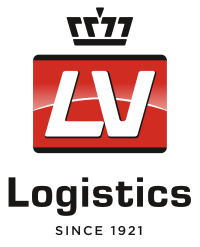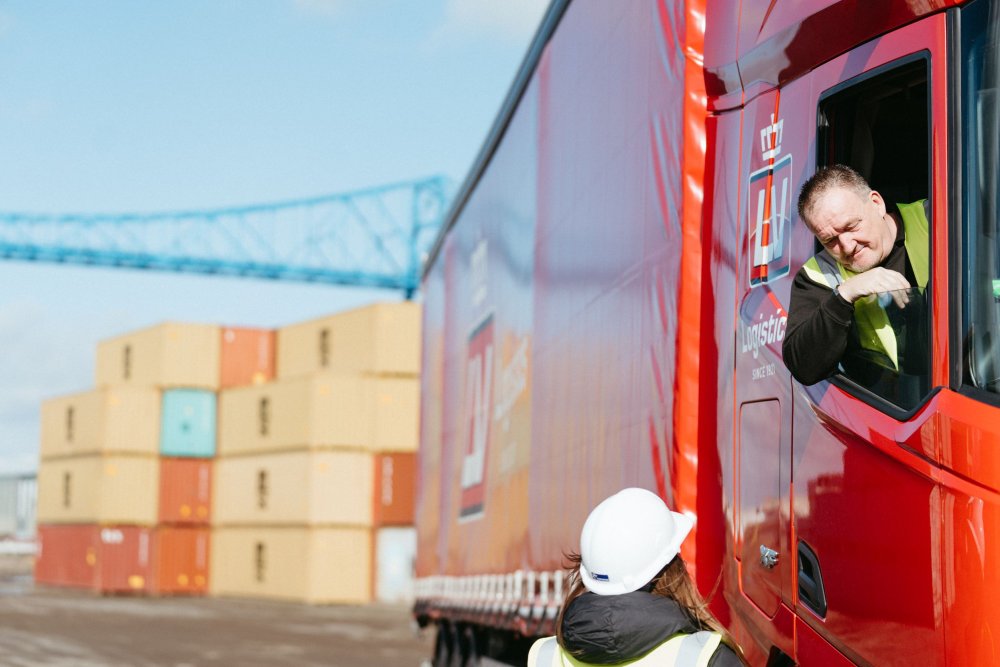How does the CBAM promote carbon neutrality?
The Carbon Border Adjustment Mechanism (CBAM) requires you to pay a fee for the embedded carbon in your imports. This ensures that products entering the market are held to the same standard of carbon emissions as those that are manufactured domestically.
Otherwise, not only will environmental standards be circumnavigated, but sellers from outside of the EU may have an economic advantage as goods that are environmentally unfriendly are often cheaper to manufacture.
When importing a CBAM-related product, you will need to purchase credits that support a green initiative to offset the embedded carbon and bring your goods up to standard. The cost will be determined by the EU Emissions Trading System (ETS) allowances for that product.
Why the CBAM?
The CBAM is a European regulation and part of the Fit for 55 package. This package aims to reduce greenhouse gas emissions by at least 55% by 2030.
The EU currently has a system whereby EU producers must buy emission allowances for the CO2 emissions of their products: the EU Emissions Trading Scheme. With the CBAM's price adjustment, these producers no longer face a competitive disadvantage when importing from third countries with lower climate standards.
Who does the CBAM apply to?
The CBAM applies to importers of CBAM goods. Examples of CBAM goods are steel, aluminium and fertiliser. The full list of commodity codes can be found in Annex I of the European regulation.
Under the Regulation, the importer is the (legal) person who declares CBAM goods for free circulation in his own name and for his own account, or the person on whose behalf CBAM goods are declared for free circulation.
This may involve the following situations:
Do you make your own declarations? Then you are considered the importer and the obligations under the regulation apply to you.
Do you use direct representation? If so, you are considered the importer and the obligations under the regulation apply to you, not your direct representative.
Are you using indirect representation? Then you have a choice: you must make arrangements with your indirect representative as to who acts as the importer within the meaning of the regulation and thus who must comply with the obligations of the regulation.
When does this come into effect?
The CBAM will be introduced over two phases:
1. CBAM transition phase
The Carbon Border Adjustment Model transition phase will begin on the 1st October 2023 and end on 31st December 2025. This phase is for reporting only, and you are not required to buy CBAM certificates.
In your reports you must declare:
Quantity of the product imported.
Direct and embedded carbon emissions.
Carbon costs in the country of origin.
Your first report is due by the 31st January 2024.
2. CBAM operational stage
The CBAM operational phase will begin from 1st January 2026, from which the full Carbon Border Adjustment Mechanism will be in effect. You must make an annual declaration to the commission, which can be done directly or through a CBAM-authorised declarant.
Your first annual declaration is required by 31st May 2027.
What will change from 1 October 2023?
From 1 October 2023, importers of CBAM goods must report quarterly to the European Commission how much CO2 was emitted outside the EU in the production of the CBAM goods they imported. This must be done no later than 1 month after the end of the relevant quarter. Article 35 of the regulation states what data you must include in the reporting.
The report is delivered to the European Commission. The Dutch Emission Authority (NEa) is the designated competent authority in the Netherlands during the transition phase for, among other things, enforcement of the reporting obligation.
What will change after 1 January 2026?
If importers want to import CBAM goods from 1 January 2026, they must be authorised as a CBAM declarant. The application for authorisation must be submitted to the competent authority in the country where the applicant is based. In addition, importers of CBAM goods must purchase CO2 certificates from 1 January ;2026 to correct the CO2 emitted in the production of the imported goods. As many CO2 certificates must be handed in annually as CO2 was emitted in the production of the imported CBAM goods. 1 certificate thereby equals the emission of 1 tonne of CO2.
More information
The rules around the CBAM are still being worked out. For example, it is not yet clear exactly how you must submit the quarterly reports to the European Commission from 1 October 2023. Nationally, it is not yet clear which organisation(s) will carry out the tasks of the CBAM authority.
Below you can find more informations on relevant websites
Do you still have any questions?
Do you have more questions about the Carbon Border Adjustment Mechanism (CBAM)? Please contact one of our experts of LV Customs Management below.

